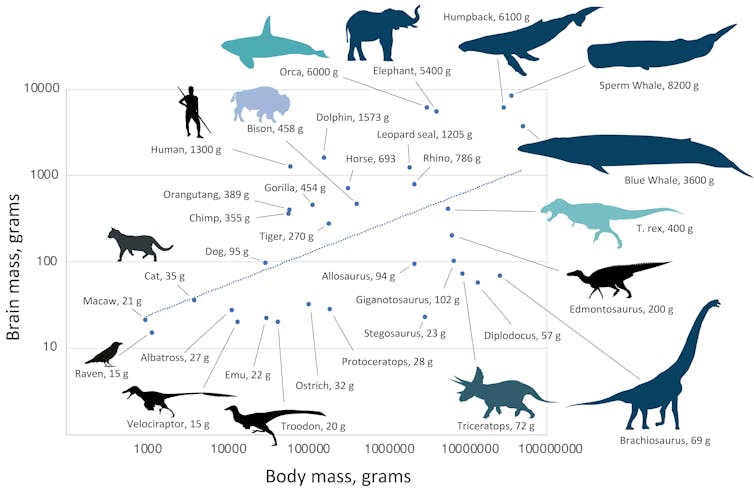Commentary: The practice of proclaiming virtue while amassing wealth and power is not new

Dai Sugano/Bay Area News Group/TNS
What do Elizabeth Holmes, Sam Bankman-Fried and Al Capone have in common? No, they are not all convicted felons. Capone did serve time for tax evasion, and Holmes was recently sentenced to 11 years in prison for defrauding the public through her blood-testing company Theranos. But Bankman-Fried, founder of the now-bankrupt cryptocurrency exchange FTX, has not yet been charged with anything, although regulators and investigators are sorting through the financial carnage.
The answer to what they have in common is that each one employed a time-honored strategy to win public approval — the “virtue narrative” — even while they were boldly picking pockets.
During the Great Depression, the Tribune reported that a mysterious benefactor opened up a soup kitchen in the Loop and was doling out three free meals every day to more than 2,000 hungry people. A bit of investigative work revealed that the good Samaritan was none other than crime boss Capone, who could easily afford such generosity, given that the annual income from his criminal empire derived from booze, gambling and vice was north of $100 million a year.
Whatever sympathy Big Al may have had for the hungry, part of the image he cultivated as a public benefactor was to create a virtue narrative. “I have spent the best years of my life giving people the lighter pleasures, helping them have a good time,” he said. Feeding the hungry went along with that, and his efforts were not unsuccessful, given that many people regarded him as a hero before he ran afoul of the Internal Revenue Service.
Holmes founded Theranos, the blood-testing company that couldn’t learn much from testing blood. But it was an effective vehicle to raise money. Her story was that she wanted to revolutionize health care by eliminating the torture of the blood draw. Who wouldn’t want that? All that was necessary was a finger stick that was capable of a detailed blood analysis, which would revolutionize diagnostics. A ubiquitous figure in the media who constantly described her desire to change the world for the better, the Silicon Valley wunderkind crafted a $9 billion company out of virtue.
Holmes quickly became a darling of the media and Wall Street. She recruited an impressive cast to the board of Theranos, including former U.S. Defense Secretary James Mattis, a U.S. senator, a former head of the Centers for Disease Control and Prevention, and two former U.S. secretaries of state, Henry Kissinger and George Shultz. Shultz, in particular, was so enamored of what Holmes was saying that he ignored warnings from his own grandson who worked at Theranos. He told his grandfather that the company’s blood-testing machine did not work, and to Schultz’s subsequent embarrassment, his grandson was right.
The virtue narrative caused experienced people to exercise egregiously bad judgment. Rupert Murdoch, executive chairman of News Corp. and owner of The Wall Street Journal, was an investor in Theranos: “Of course it was fraud. But I only have myself to blame for not asking a lot more questions. One of a bunch of old men taken in by a seemingly great young woman! Total embarrassment.”
In terms of money, Bankman-Fried outperformed Holmes and Capone. He was CEO of the cryptocurrency exchange company FTX and the related company Alameda Research. The value of FTX was in the neighborhood of $32 billion. His virtue narrative was “effective altruism”: making huge sums of money and donating it to worthy causes such as efforts to address global warming, pandemic preparedness and animal welfare. He and his partners started a project called the Future Fund, designed to make investments in “socially impactful companies,” according to their website. It sounds so wholesome.
Savvy venture capitalists and those who didn’t know cryptocurrency from cryptography flocked to invest. Bankman-Fried secured naming rights to the field at the University of California, Berkeley stadium. He sat on stage next to Bill Clinton and Tony Blair touting the future of cryptocurrency. FTX commercials featured, among others, Larry David, Tom Brady, Gisele Bundchen and Steph Curry.
The whole thing appears to have been a giant Ponzi scheme and collapsed earlier this month. Bankman-Fried’s wealth, estimated in billions, has largely vanished as FTX filed for bankruptcy reorganization, along with 130 associated entities. Investors are likely to be left out in the cold; those prominent commercial pitchmen are now being sued presumably by those who think they have been bilked.
The practice of proclaiming virtue while amassing wealth and power, often unethically or illegally, is not new. It is reminiscent of the indulgences the Catholic Church sold in the Middle Ages. As a means of expiating their sins, the wealthy would purchase indulgences from the church. This was basically a medieval virtue narrative: The church amassed wealth to finance ornate cathedrals, while individuals were free to continue sinning with the tacit approval of the clergy
When I was a young man, I visited the legendary Chicago writer and cynic Nelson Algren in his Wicker Park home before he decamped to New Jersey. He told me, “When you examine why prominent people and corporations do things, there are two reasons — the reason they give publicly and the real reason.”
In this case, the public reason is the virtue narrative, and too many people including investors, politicians and journalists want to believe the virtue narrative at the expense of the real reason.
2022/11/25
___
© Chicago Tribune






















:quality(70)/cloudfront-us-east-1.images.arcpublishing.com/archetype/BJQQ4UBRONCZRAWH45QHDKASII.jpg)
:quality(70)/cloudfront-us-east-1.images.arcpublishing.com/archetype/OWDHSMX74NDQFKTTNG6L3TOMYY.jpg)
:quality(70)/cloudfront-us-east-1.images.arcpublishing.com/archetype/W3GOBBBWSJG5VICBQTR2OFSA2Q.jpg)
.png)